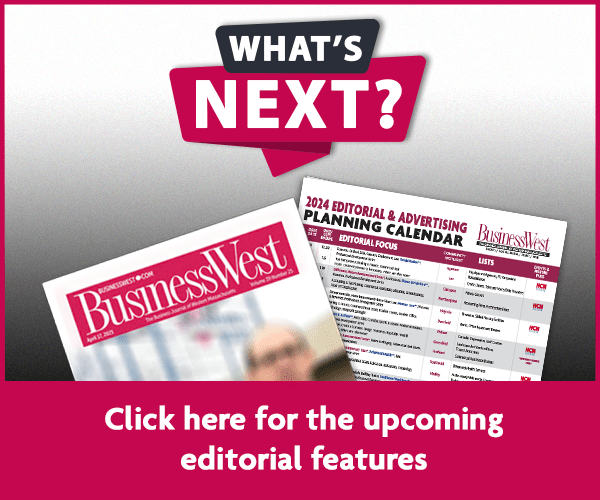Opinion
By State Rep. Aaron Saunders
I grew up in a home where it was OK to ask if you were OK, mentally or physically, at the dinner table. This was not common during the 1980s, when a stay in a psychiatric ward could be a mark against you for life, but my dad was a psychologist, and my mother, a teacher.
They knew the importance of conversations with their boys about feelings, expectations, and disappointments and not just a skinned knee and how you got it.
I was reminded of this recently during a visit to the newly renovated adolescent unit of MiraVista Behavioral Health Center in Holyoke. Its recent reopening brought back on line 16 much-needed inpatient beds in Western Mass. for youth ages 13 to 17. The redesigned environment enhances delivery of care and healing for this population, in which recent government data estimates that nearly 50% have had a mental-health disorder at some point in their lives.
Massachusetts, with its Roadmap for Behavioral Health Reform, introduced last year a Behavioral Health Line to call 24/7 and network of community behavioral-health centers that provide broader access to mental-health services for those in crisis. The state, too, has added inpatient psychiatric beds to ease Emergency Department boarding that continues for all age groups.
We, as legislators, need to ensure that there is ongoing funding for such services and adequate reimbursement rates for such beds, as well as for addiction-treatment programs. Mental-health and substance-use disorders co-occur frequently, and it is important for both to be treated.
We also need to continue to consider policies that address staffing shortages and issues like educating students and their families on the importance of mental healthcare.
Yet, there is another barrier — stigmatization — around lessening disabling behavioral-health conditions. Massachusetts has a campaign that seeks to educate that addiction is a chronic illness and not a personal choice, but stigma and misinformation continue to prevent individuals with behavioral-health issues from seeking treatment.
You can’t legislative away all stigma. We all need to be better-educated that mental illness can be treated and that there are steps to be taken to prevent poor mental health from progressing to where it interferes with daily life. This is what I reflected on during my recent visit to MiraVista.
I hear from my constituents of the need for services close to home and, in applying the lessons learned from my parents in asking my own three children about their feelings, I get a look into their day in an age when bullying and pressure to engage in unhealthy behavior can come from anywhere.
We all need to be more open to talking with our families, friends, and healthcare providers about our mental health and that of those in our care, as this, too, is part of the roadmap to raising emotionally healthy children and staying emotionally healthy, too.
State Rep. Aaron Saunders represents the 7th Hampden District.











